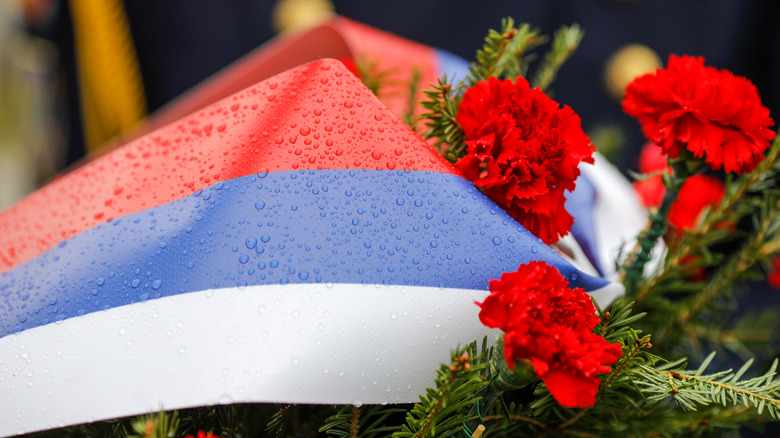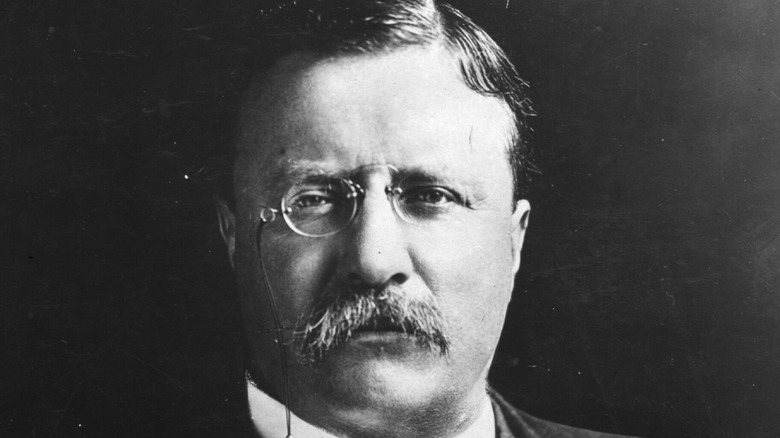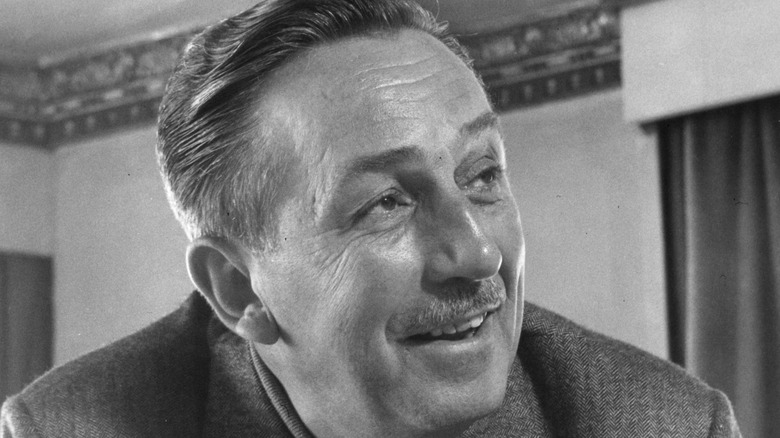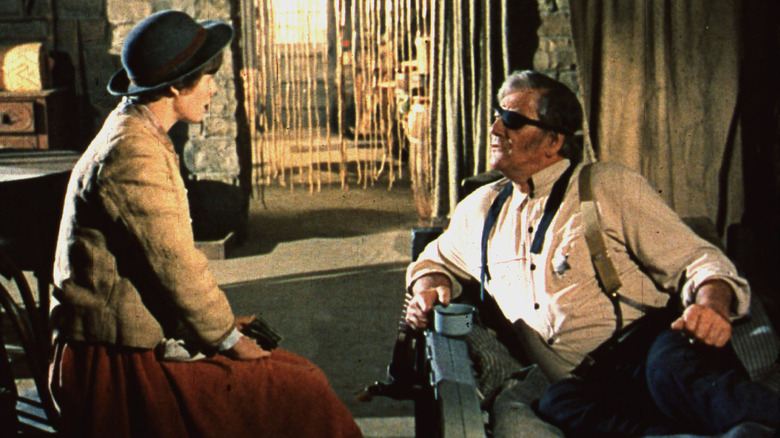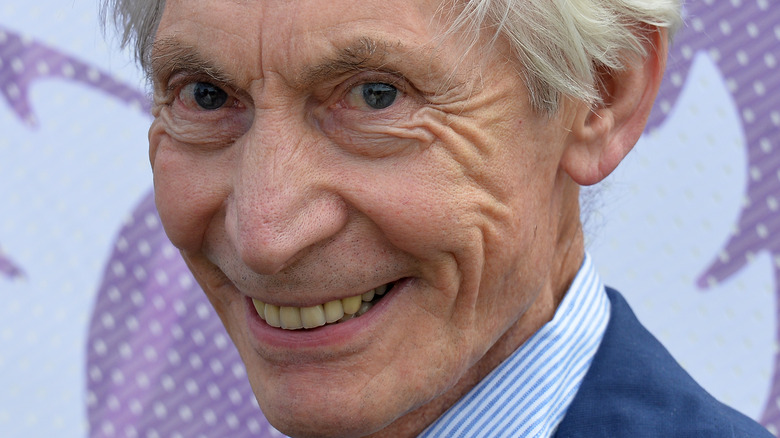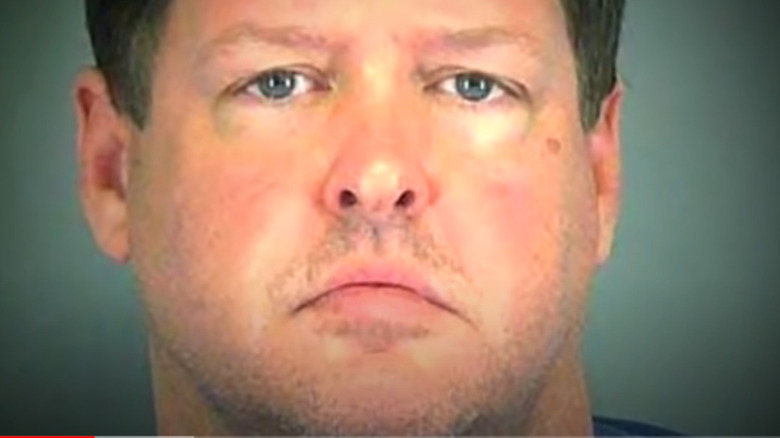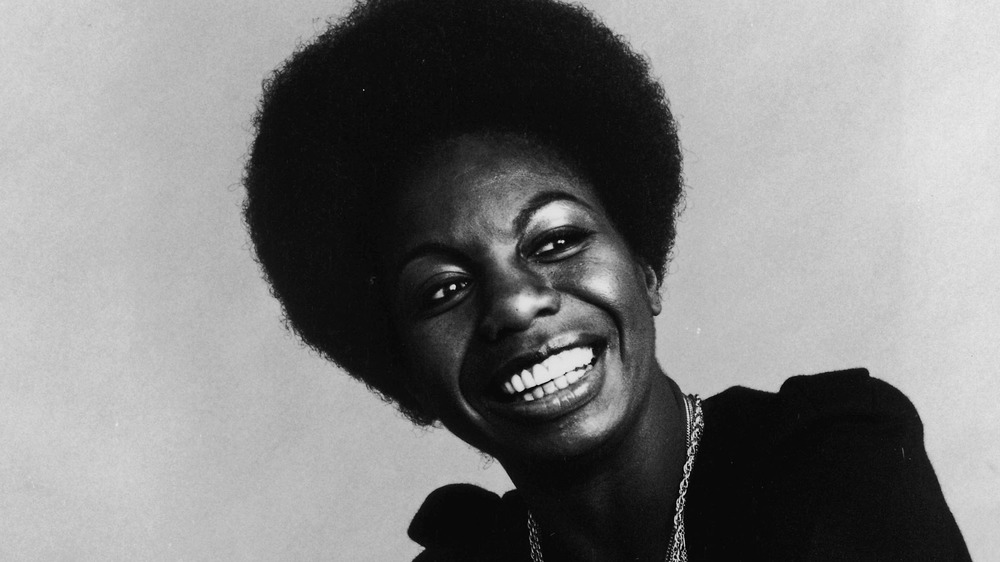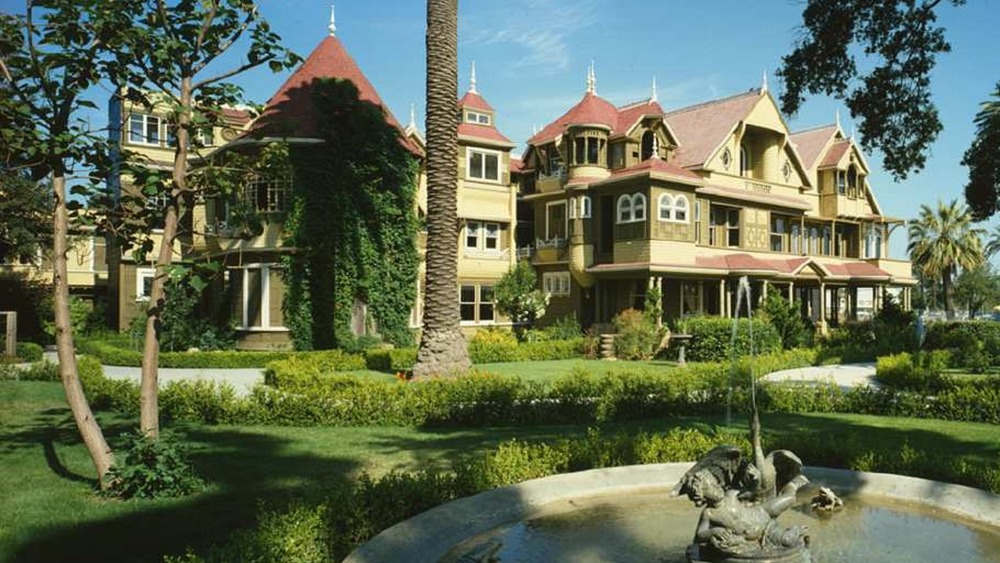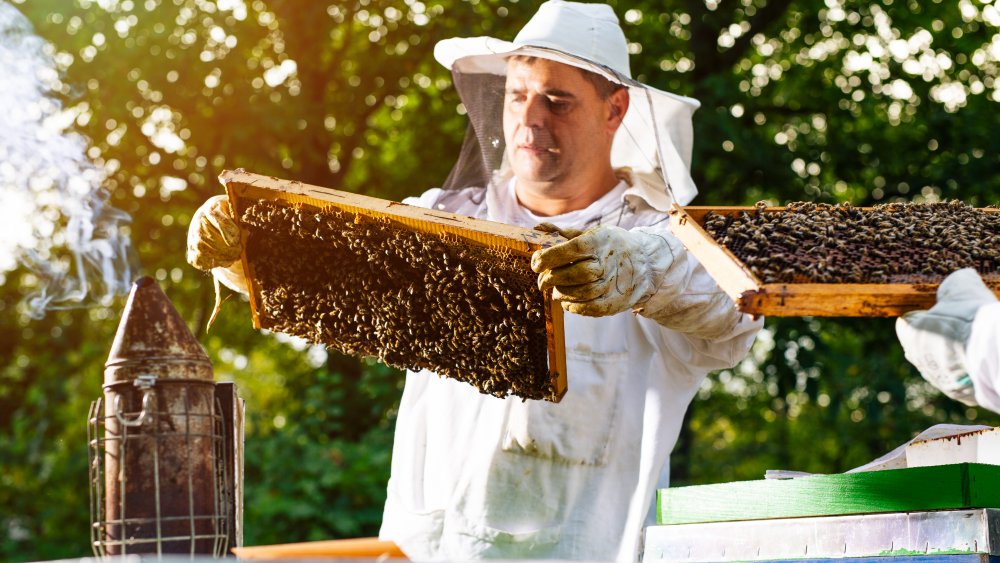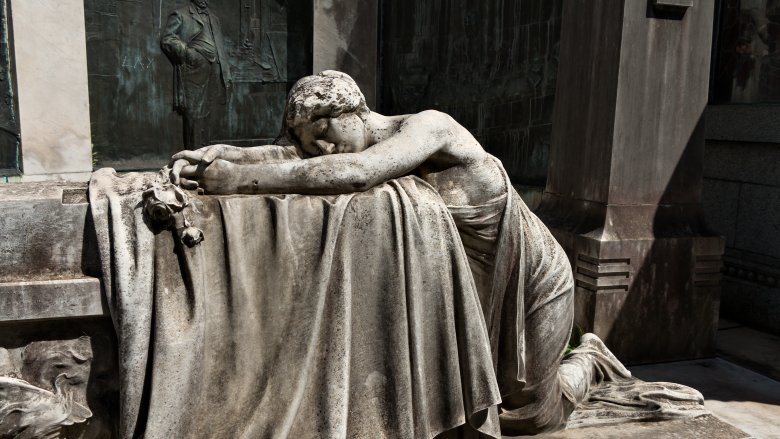
The Truth About The Deadly Transvaal Park Collapse
In February 2004, families happily splashed around in the pool, celebrating a birthday at Moscow’s Transvaal Park, an indoor water park. The park, named after a province in South Africa, had an African theme and offered heated pools as a refuge from the famously harsh Russian winters. It was flashy and new, only opened for two years, and even had an artificial river running through it (via Tulsa World). Then disaster struck.
With a terrible, deep cracking noise, the roof of Transvaal Park collapsed on those in the pool below. The roof had mostly been made of glass and concrete, so its cave-in sent shards of sharp glass and chunks of concrete raining down on the swimmers. Those who managed to escape ran out into the freezing Russian winter in just their bathing suits. After days of searching through the rubble, more than two dozen people were found to have been killed in the collapse, and hundreds who survived nevertheless sustained injuries ranging from wounds caused by the debris to frostbite for those who’d stood barefoot in the snow.
Negligence caused the disaster
According to BBC, the collapse had been caused by either shoddy construction, heavy snow piling up on the roof — or most likely a combination of both. The park was packed with swimmers at the time of the cave-in, and some victims were trapped underneath rubble in the freezing conditions, with no chance of being rescued in time. A criminal investigation was swiftly enacted to see how much faulty construction and corruption were at the heart of the disaster. Initial reports said the roof caved in after an explosion, but this was quickly dispelled and likely just a symptom of paranoia after the city had suffered a terrorist attack a week or so prior (via Tulsa World).
The grisly disaster, with its piles of glass shards and concrete beams, had destroyed what was then Moscow’s largest water park. Heavy snowfall is a regular occurrence for Moscow winters, and architects need to consider this when designing large buildings in the area. The dangers of ignoring this very real danger were never made more apparent by this tragedy that claimed dozens of lives and forever changed hundreds more.
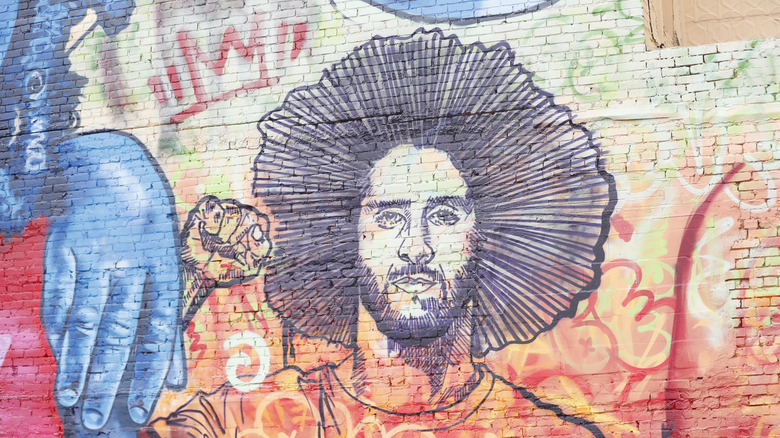
What Is Colin Kaepernick's Net Worth?
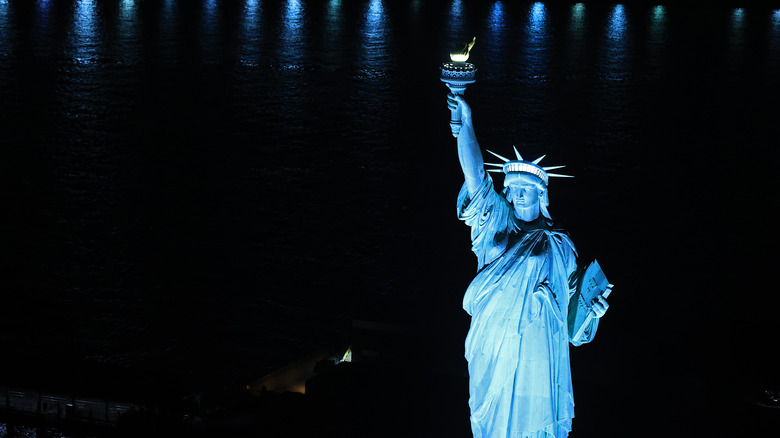
The Reason You Can't Visit The Statue Of Liberty's Torch

This Is The Difference Between A Serial Killer And Mass Murderer

Olympians Who Landed Gigs In Hollywood

The Tragic Real-Life Story Of Simone Biles
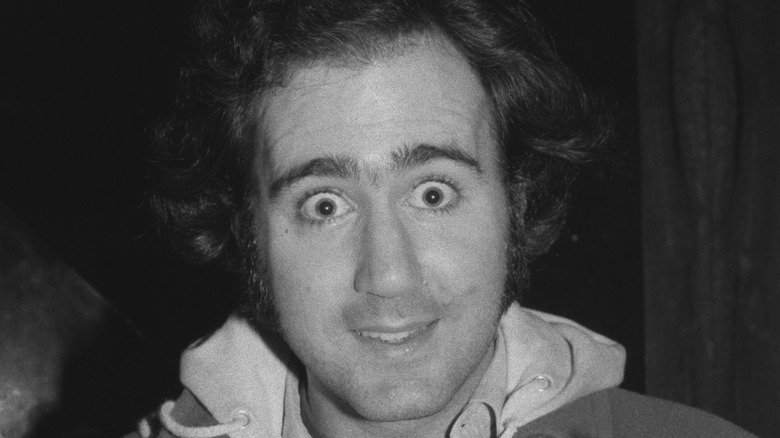
The Truth About Andy Kaufman's Imaginary Feud With Jerry Lawler

Why Science Can't Figure Out How Old Saturn's Rings Are

The Untold Truth Of Billy Preston

The Biggest Funerals In History
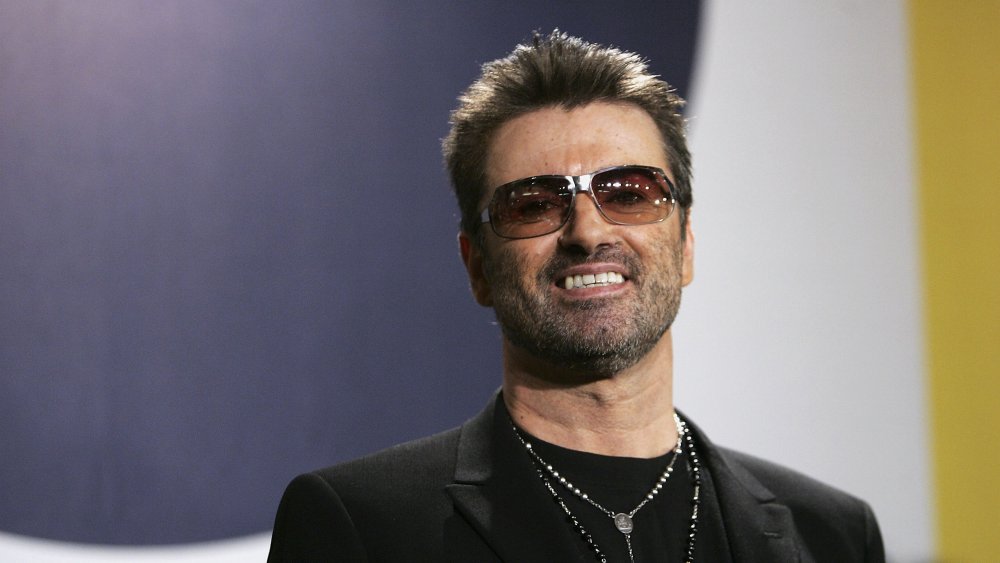
How George Michael's Last Partner Thinks He Actually Died
